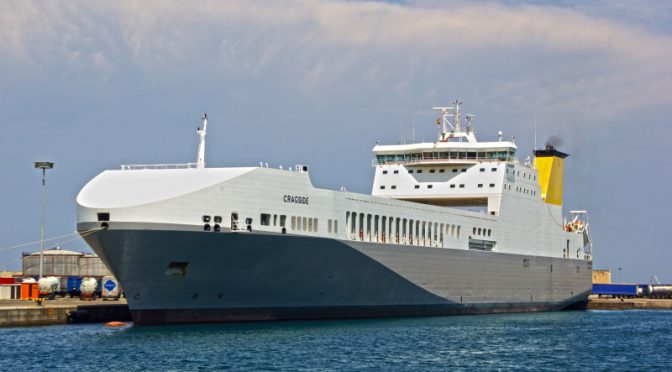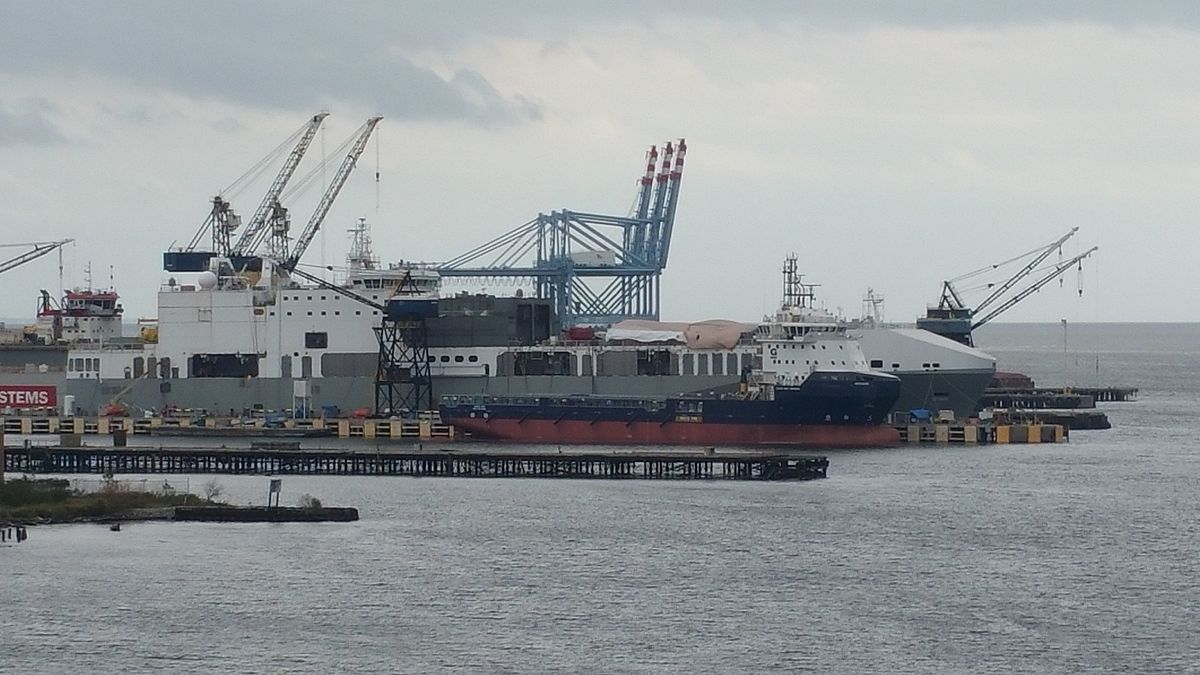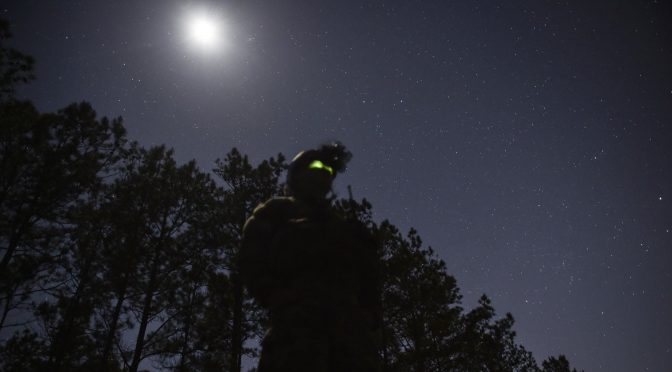By Ben Ho Wan Beng
Introduction
Maritime hybrid warfare is upon us, so proclaimed James Stavridis, a retired United States Navy admiral. “(I)t will sail out to sea and prove a formidable challenge,” he contended in a December 2016 Proceedings article. According to security analyst Frank Hoffman, a hybrid opponent is one that “simultaneously and adaptively employs a fused mix of conventional weapons, irregular tactics, terrorism, and criminal behavior in the battlespace to obtain desired political objectives.” Indeed, Beijing’s use of its maritime militia, or “little blue men”, in the South China Sea (SCS) and similar measures by Teheran in the Persian Gulf are worrisome signs of hybrid warfare taking on a nautical slant.
Several commentators have visualised scenarios of how maritime hybrid warfare, or MHW in short, might unfold. Stavridis spoke of unidentified men in small boats wreaking havoc with rocket and machine-gun fire on SCS shipping in his Proceedings piece. In the same vein, defense writer Colum Hawken conceived of “Q-ships” attacking merchantmen at busy waterways near Singapore and in the Baltic Sea.
These scenarios and most other works on the subject matter delve largely on the use of irregular forces such as militiamen and terrorists to conduct such operations at sea. As for waging MHW beneath the waves, the role played by unmanned underwater vehicles has been recognized as well. What is overlooked perhaps is the utility of “regular” naval special operations forces (SOFs), more specifically combat swimmers, for MHW in the sub-surface realm and this needs to be addressed. It is worth noting that a recent Center for Strategic and International Studies (CSIS) study on maritime domain awareness in northern Europe described frogmen as “arguably the most effective force for maritime hybrid operations.”
Covert and High Level of Deniability
So what is it about combat divers that makes them so suited for MHW? A key feature of hybrid warfare is deniability. As such, “gray-zone” actors often turn to clandestine means to prevent attribution and retaliation by the targeted party, and the low signature of frogman operations is arguably what makes them so suitable in this regard. After all, covertness is the watchword of SOF units, whether they be maritime- or land-centric ones. Indeed, the popular image of them is one of a United States Navy SEAL emerging from the depths of the water to eliminate an unwary sentry or a British Special Boat Service team making a stealthy landing on a hostile beach.
The deployment of frogmen under various conditions accounts substantially for their low signature. Two of such conditions are not unique to these forces but apply to another SOFs as well: deployment in relatively small numbers and during the wee hours where defenses are least alert. To further protect their cover, the frogmen can operate from a Q-ship masquerading as an innocuous commercial ship in the targeted nation’s waters. To be certain, a submarine is also an option for combat-swimmer deployment. However, compared to the Q-ship, the sub simply does not have the same degree of non-attribution that is so central to gray-zone warfare.
Matters for the targeted nation are not helped by the area of operations the combat divers and their motherships would be in – the littorals, with its significant background clutter. As the naval analyst Geoffrey Till wrote: “The littoral is a congested place, full of neutral and allied shipping, oil-rigs, buoys, coastline clutter, islands, reefs and shallows, and complicated underwater profiles.” The ability to detect and identify threats would be a premium in such waters, and this accentuates the frogman threat given its already minuscule signature. This low detectability invariably also means that combat-swimmer missions have a great element of surprise, which is another integral element of MHW.

All this is not say that divers cannot be picked up at all by sensors – they can be detected by sonar and countered by various measures, including marine mammals and other anti-frogman techniques. That said, if the commandos were to be compromised, their government could deny any association with these “little men in black” like how Moscow distanced itself from the “little green men” who created military facts on the ground in Crimea. After all, the black wet suits worn by combat swimmers are typically unmarked and this helps to some extent in putting up the veneer of non-attribution around these forces.
Kinetic Missions
Combat swimmers can execute a wide range of tasks in maritime hybrid warfare. The kinetic threat they pose is especially ominous as they can create disproportionate strategic effects. Using weapons like limpet mines, divers can carry out attacks on a nation’s maritime interests, whether they be offshore hydrocarbon installations, merchantmen, or even warships.
There have been a number of noted successes in this regard with the December 1941 Alexandria raid being conceivably the most famous. During this operation, six Italian frogmen crippled two British battleships moored in the Egyptian base, changing the naval balance of power in the eastern Mediterranean albeit temporarily. In three groups of two, the divers attacked at night and only one group was detected by the British during the attack – but only after they had attached explosives to the bottom of HMS Valiant.
What is illuminating about this episode is that the Italian commandos pulled off the attack on a highly protected base under wartime conditions. In an MHW environment, however, the opponent’s defenses would not be as vigilant given that they are not operating under a state of war. To be sure, modern naval bases would invariably have anti-frogman measures in place, but many such systems are largely unproven, at least from what is known from open sources. More importantly, commercial ports and other civilian maritime interests that are prime targets for MHW are probably not as heavily guarded as military ones. Indeed, should frogmen be utilized in the vignettes that Stavridis and Hawken have presented in their writings, the situations would probably be more chaotic given the insidious nature of such forces.
Non-kinetic Missions
Frogmen can also perform various non-kinetic tasks in support of a maritime hybrid warfare effort. These include placing eavesdropping sensors on the seabed a la Operation Ivy Bells, where American naval divers wiretapped the Soviet undersea communications system at the height of the Cold War. Another non-kinetic task in the MHW sphere for combat swimmers would be the tampering of the undersea cables so crucial to the Internet and communications services of a nation.
Experts believe that seabed operations – of which divers can play a role in – is likely to gain greater significance with time. As a matter of fact, British Air Chief Marshal Stuart Peach has warned of Russia – a leading hybrid warfare practitioner – cutting and disrupting his country’s submarine cables. The British defense chief noted that such a move could “immediately and potentially catastrophically” hit his country’s economy, adding that it poses a “new risk to our way of life.”
It is worth noting that these non-kinetic missions would have an even lower level of attribution compared to kinetic ones given that no explosions or casualties would be involved. The targeted nation may not even know it has been subjected to MHW techniques until much later, and this no doubt increases the extent of non-attribution so crucial to the success of gray-zone warfare.
Final Thoughts
All in all, the frogman is of considerable utility in the waging of both kinetic and non-kinetic maritime hybrid warfare. The CSIS report mentioned earlier acknowledges this fact vis-à-vis Russia in the Baltic and Norwegian Seas and recommends a technology-centric solution with the development of capabilities for low-signature detection. This is undoubtedly a step in the right direction, and countries outside of northern Europe facing up to such threats would do well to follow suit.
Addressing the challenge cognitively is just as important, if not more so. What is needed is thus a greater recognition of the frogman threat that has somewhat been understated in the discourse on maritime hybrid warfare. With this, “simple vigilance,” which is what one writer deemed as the final line of defense against the threat, could hopefully be strengthened.
In the final analysis, while naval divers constitute a potent threat in the MHW scheme of things, a hybrid actor worth its salt would not use them in isolation. They would likely be deployed in concert with other tools from the hybrid operations playbook like cyber-attacks, (dis)information campaigns, as well as small-scale kinetic action on land. Prussian king Frederick the Great once said that “he who defends everything defends nothing,” and therein lies the enduring challenge of countering hybrid warfare – how best to deal with a threat that is at once multi-faceted and insidious.
Ben Ho Wan Beng is a senior analyst with the military studies program at Singapore’s S. Rajaratnam School of International Studies. He writes primarily on naval affairs, and his work in this area has been published in the likes of the Naval War College Review, Journal of Military and Strategic Studies, The National Interest, and The Diplomat.
Featured Image: German Navy combat divers Kommando Spezialkräfte Marine (KSM)




